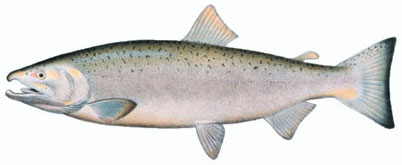Net-zero water is a concept that entails separating your water system from the rest of the grid. When it rains, the water you collect in your rain barrels or on your roof will be the water that allows you to wash dishes in the sink or flush your toilet. Your used water will be treated on-site which allows for re-use several times. Water is divided into three categories: rainwater, graywater, and blackwater, depending on the level of pathogens. Both rainwater and graywater (water from sinks and showers) can be treated to be used later as potable water, but blackwater (dispoal or wastewater) cannot be made potable.
One recent example of a building working toward net-zero water is the
Bertschi School in Seattle.

This
article explains how the school is working to accomplish net-zero water including a composting toilet and a wall of plants. As water continues to be one of the most important and limited resources, net-zero water is getting more attention. While the standard may be too challenging for many, it's always helpful to think of ways to help conserve water. This
list offers 100 suggestions for water conservation.
Photo credit: Bertschi School









